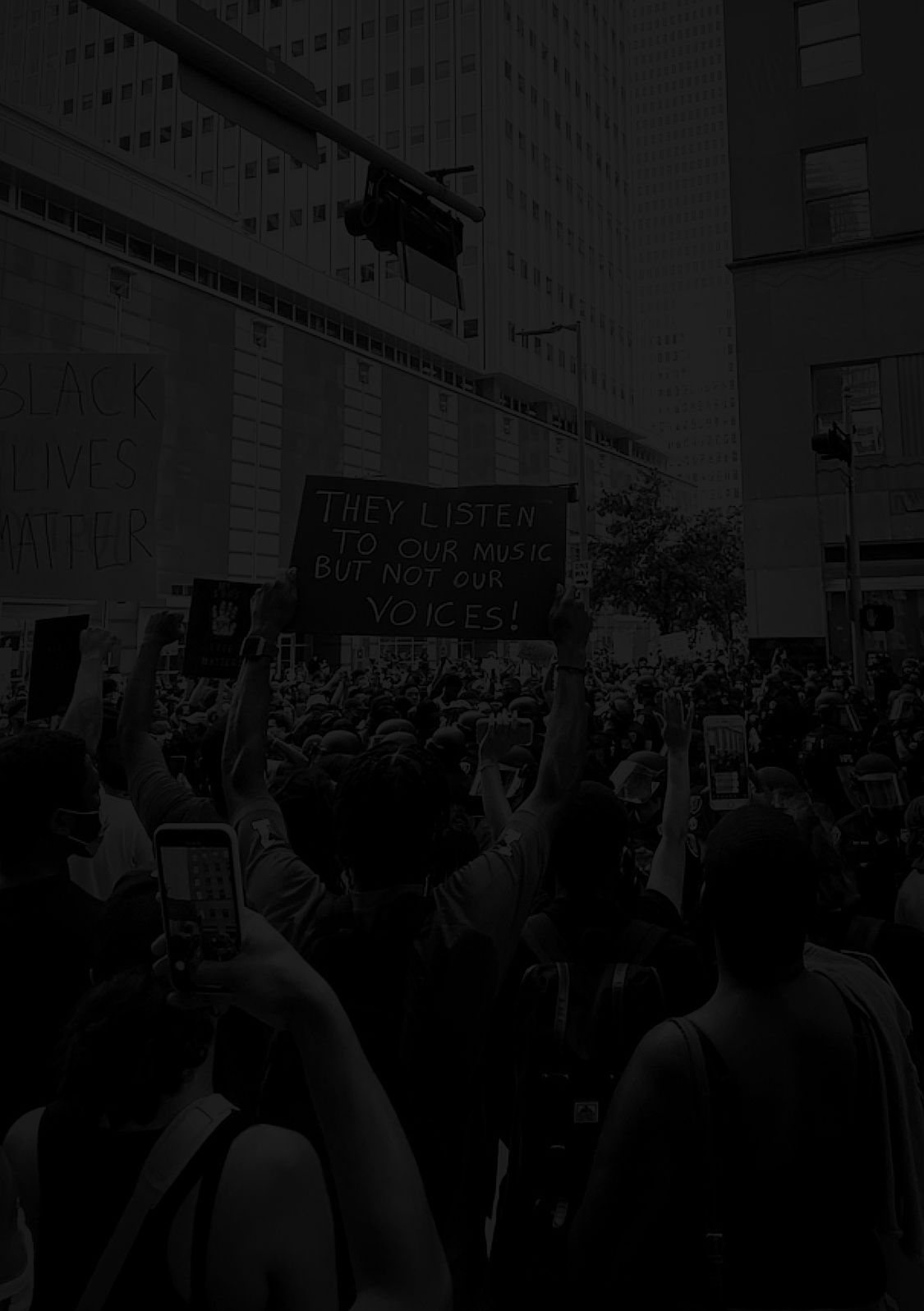With so many different colors and flags, we’re breaking down what they all mean in honor of PRIDE month. Our series features 24 of the most commonly used LGBTQIA+ flags:
1. Gilbert Baker Pride Flag
Artist, activist, and openly gay military veteran Gilbert Baker met with activist and future politician Harvey Milk to create a symbol for the gay community, and the end product was the first rainbow LGBTQ flag.
The meaning behind each stripe:
Pink: Sex
Red: Life
Orange: Healing
Yellow: Sunlight
Green: Nature
Turquoise: Magic/Art
Indigo: Serenity
Violet: Spirit
Baker’s creation made its debut at the San Francisco Gay Freedom Day Parade on June 25, 1978.
2. 1978 Pride Flag
This flag is Baker’s design with one modification: the hot pink stripe in his original 1977 flag was removed. After Harvey Milk was murdered, the demand for the flag he commissioned increased, but both Baker and the Paramount Flag Company (which manufactured the flag) found that hot pink fabric was hard to come by and ended up leaving it out.
3. Traditional Gay Pride Flag
The standard LGBTQ flag would take another year before coming to fruition. After losing its pink stripe in 1978, the turquoise stripe would also disappear in 1979. The two possible explanations: that, like the hot pink, the turquoise material was also difficult to get, or that people preferred a flag with an even number of stripes.
4. Philadelphia Pride Flag
The Philadelphia Pride Flag represents LGBTQ people of color, who historically were not always included in aspects of the mainstream gay rights movement. In addition to the original six stripes, this flag includes black and brown, symbolizing people of color. It was unveiled on June 8, 2017, at Philadelphia City Hall, and was designed by a small Philly-based PR agency.
5. Progress Pride Flag
Oregon-based designer Daniel Quasar introduced a reworked version of the more inclusive flag a year after the debut of the Philadelphia Pride Flag to include both black/brown stripes as well as the trans stripes and give more emphasis in the design of the flag to give it more meaning.
The meaning behind each stripe:
White, pink, and light blue striped chevron design: Colors of the Transgender Flag
Brown and black stripes: People of color and those lost to AIDS
6. Bisexual Flag
Florida-based LGBTQ activist Michael Page created the Bisexual Flag in 1998 in order to increase the visibility of bisexual individuals—who are attracted to two genders—in both the LGBTQ community and society as a whole.
The colored stripes here symbolize:
Pink: Attraction to those of the same gender identity
Blue: Attraction to people who identify as a different gender
Purple: Attraction to two genders
7. Pansexual Pride Flag
In 2010 the Pansexual Pride Flag was created in order to both increase their overall visibility and help differentiate the group from bisexual individuals.
The colors represent:
Pink: Attraction to people who identify as female
Blue: Attraction to those who identify as male
Yellow: Attraction to those who identify as genderqueer, non-binary, agender, androgynous, or anyone who doesn’t identify on the male-female binary
8. Asexual Flag
In 2010 the Asexual Flag was created in 2010, following a contest held by the Asexual Visibility and Education Network (AVEN) to create a flag for those who identify as asexual.
The colors represent:
Black: Asexuality
Gray: Gray-asexuality and demisexuality
White: Non-asexual partners and allies
Purple: Community
9. Labrys Lesbian Pride Flag
While not as well known as some of the other LGBTQ flags on the list, the Labrys Lesbian Pride Flag has been around since 1999. A labrys is a double-headed battle-ax seen on the flag, which can be traced back to matriarchal societies like the Minoans. Prior to making its way onto this flag, the labrys was seen as a symbol of empowerment for cisgender women, and it was adopted by some lesbian radical feminist groups in the 1970s. The purple in the flag represents cisgender women, while the black triangle symbolizes lesbians.
10. Polyamory Flag
Jim Evans created the Polyamory Flag in 1995.
The meaning behind each stripe:
Blue: The openness and honesty of all parties involved in the relationships
Red: Love and passion
Black: Solidarity with those who must hide their polyamorous relationships from the outside world
Evans placed a yellow pi symbol in the middle of his flag, with the infinite number representing the infinite options for partners available to polyamorous people. An alternative version of the flag was also created in 2017, which replaces the pi symbol with the infinity hearts symbol.
11. Intersex Flag
The Intersex Pride Flag has been around since 2013, when Morgan Carpenter, then co-chair of Organization Intersex International Australia, created and launched it. Unimpressed with some of the other symbols for intersex individuals, Carpenter wanted a flag “that is not derivative, but is firmly grounded in meaning,” and eventually landed on the version we know today, which features a purple circle on a yellow background. Carpenter used yellow and purple because the colors are seen as gender-neutral, and the circle represents wholeness and completeness.
12. Transgender Flag
The Transgender Flag has been around since 1999 when an American transgender Navy veteran named Monica Helms created it. A year later, the flag made its debut at a Pride parade in Phoenix.
The colors represent:
Light blue and pink: The traditional colors associated with baby boys and girls, respectively
White: Those who are intersex, transitioning, or see themselves as having a neutral or undefined gender
13. Genderfluid Flag
JJ Poole created the Genderfluid Pride Flag in 2013 to represent folks whose gender identity and/or expression is fluid and may fluctuate at different times or in different circumstances. The colors of the stripes symbolize:
Pink: Femininity
White: Lack of gender
Purple: A combination of both masculinity and femininity
Black: All genders anywhere on the spectrum
Blue: Masculinity
14. Genderqueer Flag
There is also a Genderqueer Flag, which writer and activist Marilyn Roxie designed in 2011 with input from the readers of the website Genderqueer Identities.
The meaning behind each stripe:
Blue and pink: The combination of traditionally masculine and feminine colors
Lavender: Androgyny and other queer identities
White: Agender identity
Green: Those whose identities are defined outside the binary
15. Ally Pride Flag
Although the precise origin of the Ally Pride Flag is unknown, it was created sometime in the late 2000s as a symbol of the heterosexual and/or cisgender people who actively support LGBTQ individuals. The “A” in the center of the flag stands for the word ally and features the six colors of the rainbow pride flag. The black and white stripes in the background represent heterosexual and/or cisgender people.
16. Leather Pride Flag
Though originally representative of members of the leather subculture, this flag was also embraced by the wider BDSM and fetish community. Designed by Tony DeBlase for Chicago’s International Mr. Leather celebration in 1989 to mark the 20th anniversary of the Stonewall Riots, the symbol represents people involved with kink—including those who are heterosexual and/or cisgender. The flag itself is open to interpretation, composed of nine horizontal stripes alternating in color between black and blue, a white stripe in the middle, and a red heart in the upper lefthand corner. DeBlase indicated that he wanted to “leave it to the viewer to interpret the colors and symbols.”
17. Bear Brotherhood Flag
Members of the International Bear Brotherhood—comprised of gay men with a specific set of physical traits, including facial hair and a sturdy build—got their own flag in 1995. The dark brown, orange/rust, golden yellow, tan, white, gray, and black stripes of the flag represent the fur colors of bears (the animal).
18. Rubber Pride Flag
The leather subculture wasn’t the only group to get its own flag in 1995—members of the rubber and latex fetish community did as well, courtesy of co-designers Peter Tolos and Scott Moats. According to the pair, the colors symbolize:
Black: Leather itself
Red: A symbol of the group’s “blood passion for rubber and rubbermen”
Yellow: Their “drive for intense rubber play and fantasies”
And yes, the design is a literal “kink.”
19. Polysexual Flag
Polysexual people—who are sexually attracted to multiple, but not all, genders—got their own flag in 2012. It was designed by a Tumblr user with the username “Samlin.” Both the colors and the design borrowed from the Bisexual and Pansexual flags:
Blue and pink: Attraction to those who identify as male and female, respectively
Green: Attraction to people who identify outside the traditional male-female binary
20. Aromantic Flag
The Aromantic Flag represents people who either do not experience romantic attraction or do so in a nontraditional way. There were two earlier versions of this flag: it’s unknown when the first one was created, but both the second and the final/current version were designed in 2014. The colors represent:
2 shades of green: Aromanticism
White: Platonic and aesthetic attraction
Gray: Gray-aromantic and demiromantic people
Black: The sexuality spectrum
21. Nonbinary Flag
This LGBTQ flag was created in 2014 to represent people whose gender identity does not fit within the traditional male/female binary, with the intention of flying alongside the Genderqueer Pride Flag instead of replacing it. The colors symbolize:
Yellow: Those whose gender falls outside of and without reference to the binary
White: People with many or all genders
Purple: Those whose gender identity falls somewhere between male/female or is a mix of them (purple)
Black: People who feel they are without a gender
22. Lesbian Pride Flag
Although there are multiple versions of a Lesbian Pride Flag, this one—which has been around since 2018—appears to be the one that’s most widely embraced. The seven different shades of pink, orange, white, and red were used to represent different types of femininity.
23. Demisexual Pride Flag
The Demisexual Pride Flag represents a section of the asexual community that develops sexual attraction to someone only after forming a deep emotional bond with them. It’s unknown when exactly the flag was created, but it includes four colors that mean:
Black: Asexuality
Gray: Asexuality and demisexuality
White: Sexuality
Purple: Community
24. Two-Spirit Pride Flag
Some Indigenous Americans identify as two-spirit individuals—meaning they fall outside the male-female binary, and this can be used to describe a person’s sexual, gender, and/or spiritual identity. Though it’s not clear when it was first designed, the two feathers on the Two-Spirit Flag represent masculine and feminine identities, while the circle symbolizes the unification of masculine and feminine identities into a separate gender, and the rainbow of colors represents modern LGBTQ identities.
Source: rd.com

